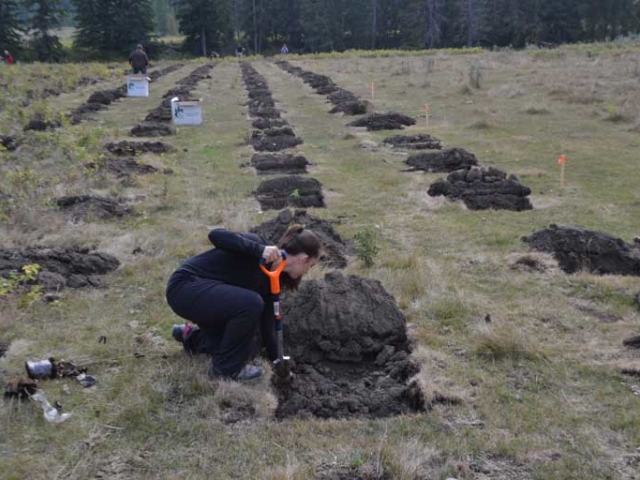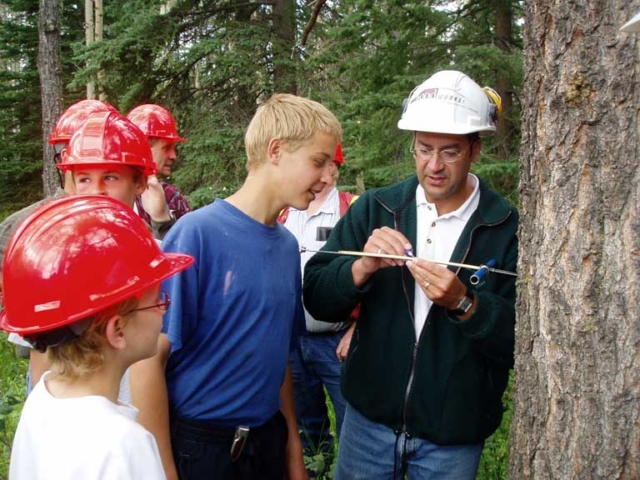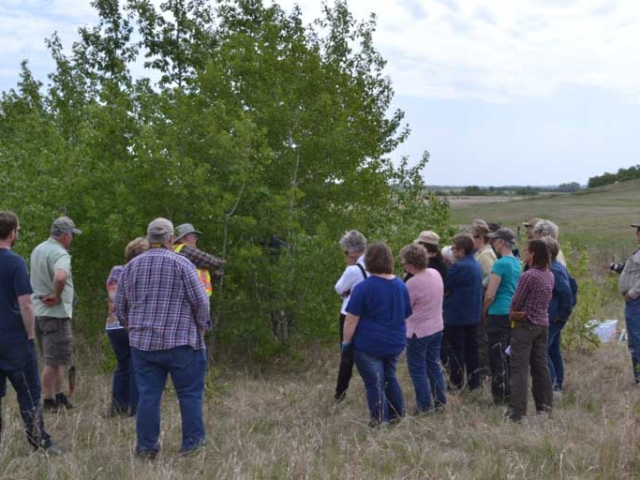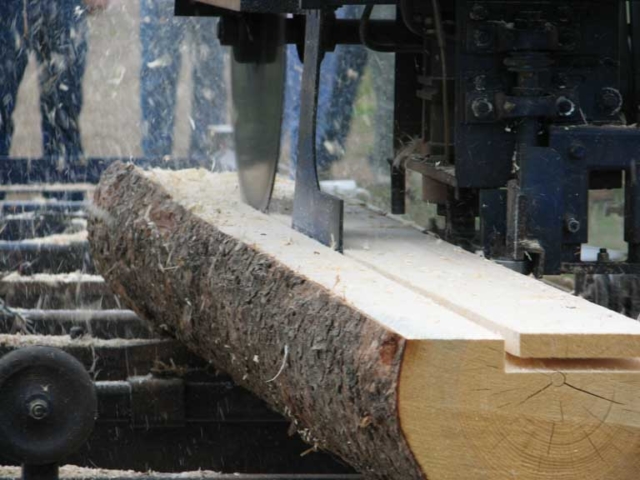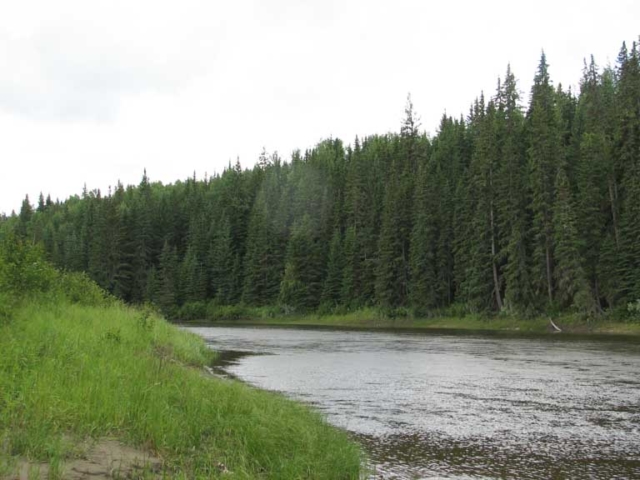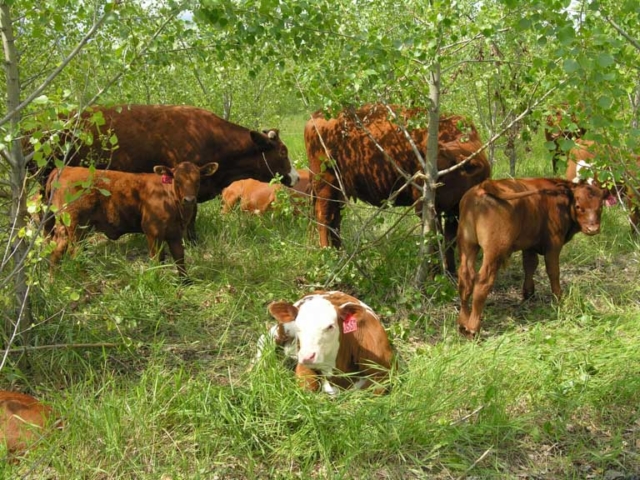Check Your Trees: Are They Knotty?
By: Ash Davidson
Ever walked through the river valley, or took a stroll around your neighbourhood, and noticed black growths on some trees? You’re likely seeing black knot (Apiosporina morbosa). Black knot is a fungal disease that targets plant species in the genus Prunus. The most noticeable characteristic of black knot is the mature, black swellings on branches. During the summer months, when temperatures are high and rain is falling, an incredible amount of spores are released and are spread by animals, wind, or rain. It takes approximately 2-3 years for the fungus to reach the mature stage. If left unchecked, the fungus will eventually kill the host tree, so early management and control is necessary.
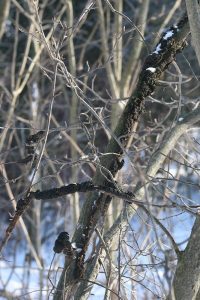 How do you manage black knot?
How do you manage black knot?
The easiest way to prevent the spread of black knot is by pruning infected trees. Pruning should be done between late fall and early spring. For proper pruning methods, consult the Government of Alberta’s black knot website. Any pieces of wood containing black knot MUST be destroyed to prevent further spread of the disease. Burning, burying, or other disposal methods are recommended. Consider talking to neighbors who have trees with black knot; if their trees are not pruned, they may re-infect your trees.
Important Tips:
- Always sanitize your tools between each cut.
- While chemical control options are available, this is more of a preventative than a curative method.
- Educate yourself and others about black knot! The more people know, the easier it will be to control the spread of this fungus and prevent infection of valuable trees.
References
https://www.strathcona.ca/agriculture-environment/plants/tree-care/black-knot/
https://www.alberta.ca/black-knot.aspx
https://www.edmonton.ca/programs_services/pests/black-knot


